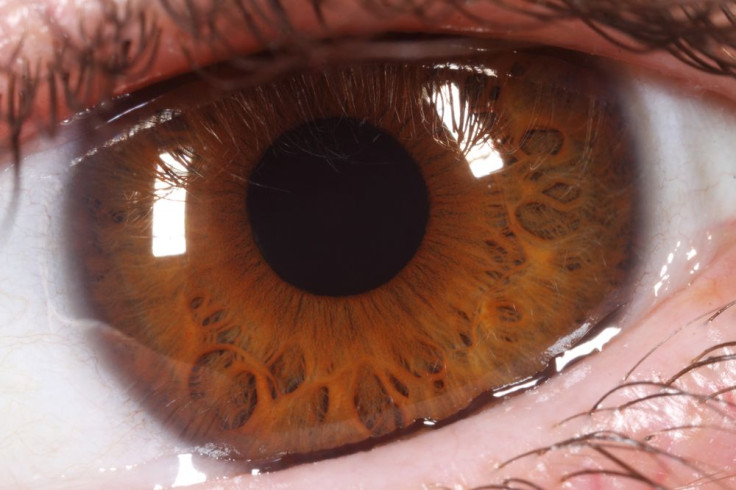Bionic Eye Restore's Man's Vision, Gives Hope To Millions With Age-Related Macular Degeneration

Earlier this month, a British man became able to see clearly for the first time in eight years thanks to a bionic eye. The success of Flynn’s operation marks the first time the technology, Argus II, has been used on a patient with age-related macular degeneration, the leading cause of vision impairment in individuals aged 65 and older.
The Argus II bionic eye was fitted into the 80-year-old, Ray Flynn, of Manchester, England, during a four-hour procedure in June, but it was not turned on until earlier this month. The bionic eye works via a small camera attached to glasses worn by the patient. The camera sends a video feed to a retinal implant inside the bionic eye. This implant then transmits the video feed by stimulating undamaged cells in the patient's retina, where the brain interprets it as vision, the BBC reported.
Prior to the operation, Flynn could not even make out the faces of his loved ones due to a condition known as age-related macular degeneration. AMD causes specific damage to the macula, the area of the retina responsible for sharp central vision. As a result, Flynn and others affected by the condition were left with a limited central vision. The National Eye Institute reports that although AMD affects individuals of all racial demographics, it is most prevalent in those with European ancestry and affects around 14 percent of all white Americans over the age of 80.
AMD's deterioration of the macula is progressive. So, by the time Flynn had his operation, he was no longer able to make out the faces of his loved ones. He even had to give up gardening because he was having trouble telling the weeds apart from the flowers. Only two weeks after his surgery, Flynn was able to detect the pattern of horizontal, vertical, and diagonal lines on a computer screen.
"Before, when I was looking at a plant in the garden, it was like a honeycomb in the center of my eye. That has now disappeared: I can now walk round the garden and see things,” Flynn explained, as reported by Sky News.
Dr. Paulo Stanga, a consultant ophthalmologist and vitreo-retinal surgeon at the Manchester Royal Eye Hospital, described Flynn’s progress following the operation as “remarkable.”
The bionic eye has been implanted into about 130 patients who had lost their vision due to a rare condition known as retinitis pigmentosa (RP). However, Flynn’s operation marks the first time the technology was used on a patient who still had peripheral vision. Although Flynn is still in the earliest stages of his recovery, his doctors hope that eventually the bionic eye will help develop his lost central vision to work alongside and complement his peripheral vision.
At around $234,000 the bionic eye is not likely to be a viable option for all patients with AMD, but the results from Flynn’s operation give hope that a permanent solution for this common eye condition is possible.
"Macular degeneration can be a devastating condition and very many people are now affected as we live longer,” said Cathy Yelf of the Macular Society explained, as reported by the BBC . "These are early trials, but in time this research may lead to a really useful device for people who lose their central vision."



























